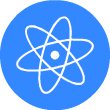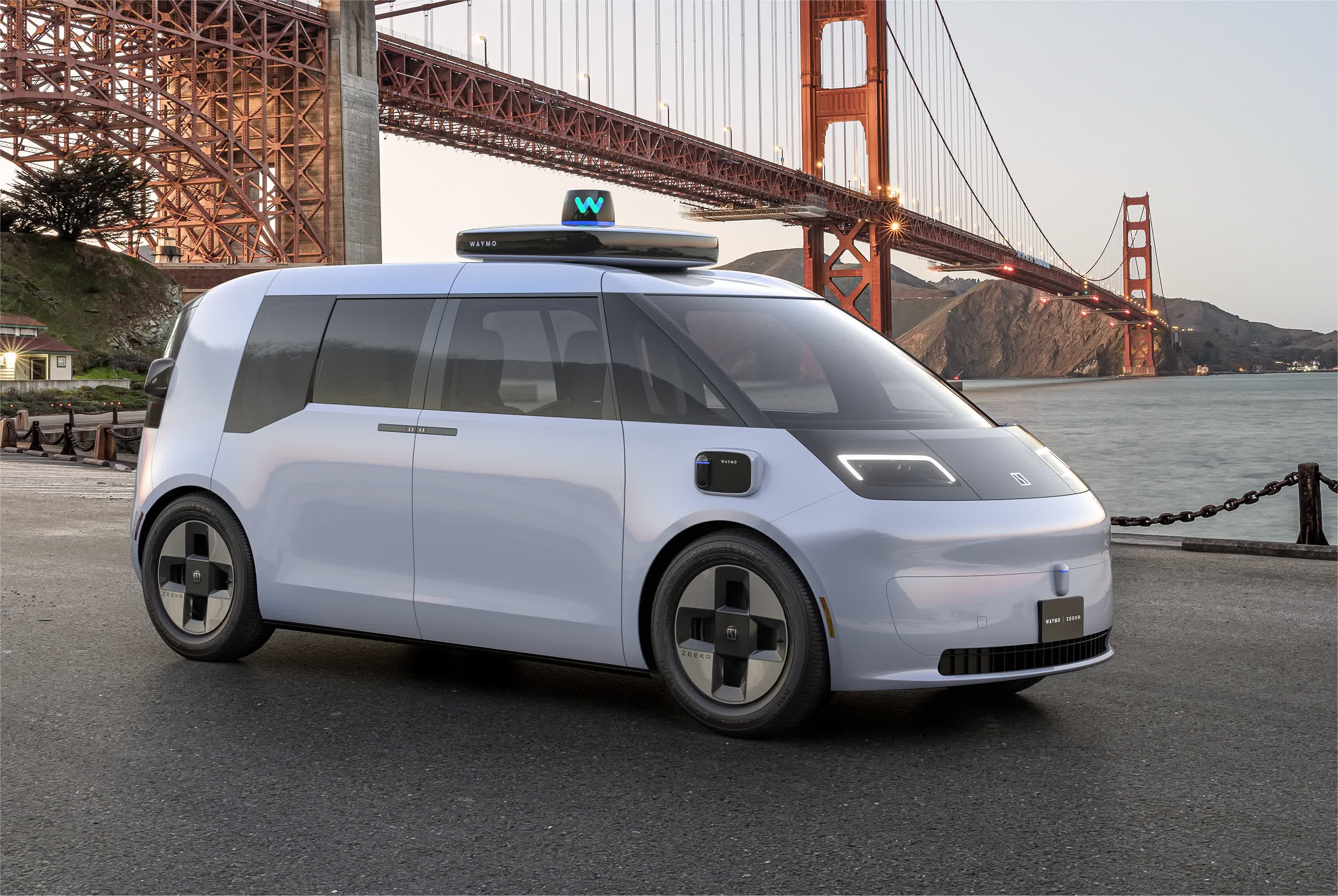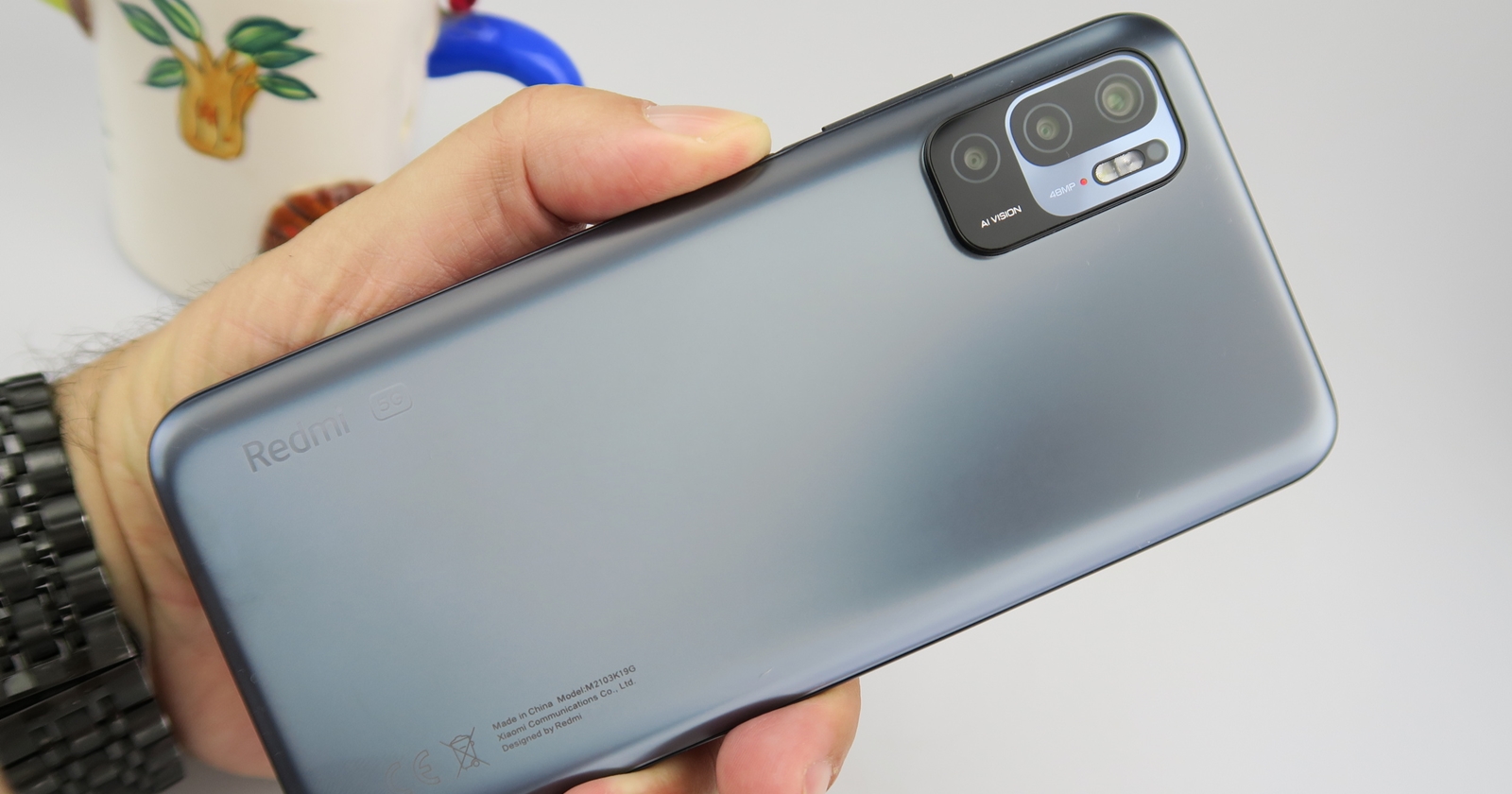Two physicists from the University of Oregon have just outlined the new technologies for controlling the building blocks of quantum computing, which has taken an important step towards more accuracy and potential utility of such computers. As the founders of Ion Lab, David Allcock and David Wineland are also one of the 12 authors of the new paper. The article is based on an experiment conducted by the National Institute of Standards and Technology (NIST) in Boulder, Colorado, where both scientists have worked.
Data map (from: IBM Q System)
In 2018, the two came to the University of Oregon and continued to cooperate on the project. In an article in the journal Nature, the research team introduced in detail the related technology of using trapping qubits in quantum computing and simulation.
The physicist said that although the new technology helps to promote improvements in operations, quantum computers still produce too many calculation errors, making it difficult to become an effective tool . David Allcock pointed out:
The problem lies in the logic gates of quantum computers-as used in computers Tools that perform basic logic functions-their performance is really bad.
They will fail about 1% of the time, and only about 100 operations will bring garbage data.
At present, the entire field of quantum computing is in its early stages and is subject to errors. We cannot carry out lengthy calculations or valuable simulations on machines.
And our goal is to carry out tens of thousands of operations without errors, and then add multiple layers of checks to repair errors when they occur.
Research Picture-1 : Experimental settings
Wineland said that trapped ions are like a bowl of marbles with a certain degree of magnetism. Allcock added that physicists can use different methods to force ions, such as very expensive and complex lasers.
In contrast, logic gates based on magnetic solutions are not only more affordable and practical, but can also be directly generated on integrated circuits. In this new research, their main job is to make the new technology work as effective as the logic gates anyone has done before.
At present, the commercial technology giants represented by Google and IBM happen to have a large number of engineers who can solve this problem. And academic physicists are trying to prove that there are better and more basic technologies to overcome difficulties.

Research picture-2: Robustness of entanglement operations
Allcock pointed out: “We have proven that everyone can do this in a technically simpler way “.
Wineland also stated that if physicists and engineers can make quantum computers reliable enough and run at a large enough capacity, they can carry out other system simulations.
For example, quantum computers can simulate the effects of molecules used in drug therapy without the need for laborious synthesis in the laboratory.

Research picture-3: Analysis of entangled state fidelity
Even so, Wineland is quite modest: “There are some very practical and useful results. , But we have only touched some of the fur in this field.”
The details of this research have been published in the recently published “Nature” (Nature), the original title is “High-fidelity laser-free universal control of trapped ion qubits”.
Note: This article have been indexed to our site. We do not claim legitimacy, ownership or copyright of any of the content above. To see the article at original source Click Here
















/cdn.vox-cdn.com/uploads/chorus_asset/file/25375262/Installer_20240406.png)